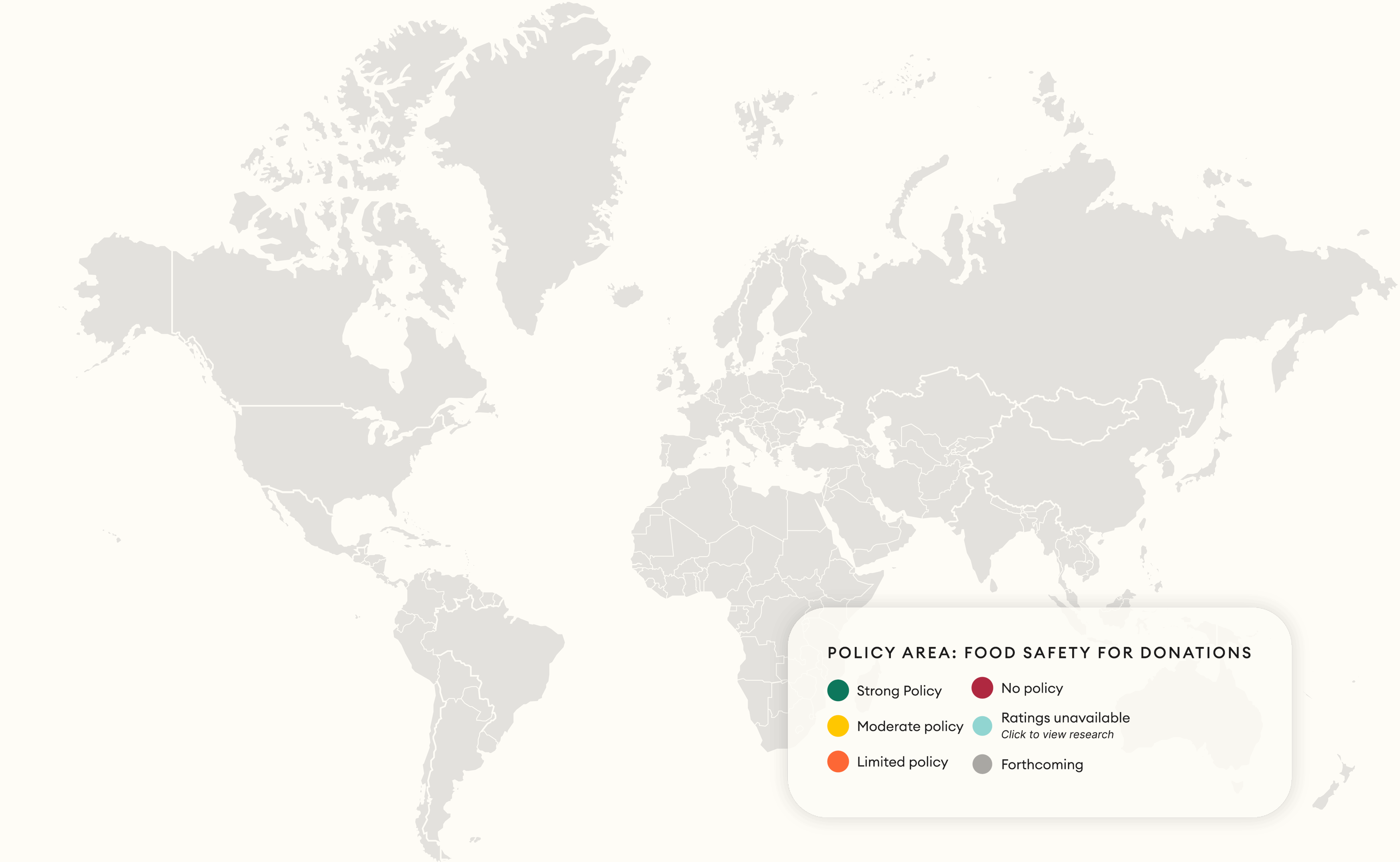United States: Policy Highlights and Opportunities
The U.S. sends about 63 million tons of food to landfills each year. This waste consumes 21% of all fresh water, 19% of fertilizer, and 18% of cropland in the U.S. At the same time, 11 percent of U.S. households were food insecure in 2018.
Atlas Research: United States

Policy Highlights
The United States research was published in June 2020 and was made possible with the advice and support of our on-site partners, including Feeding America.
Policy Opportunities and Recommendations





